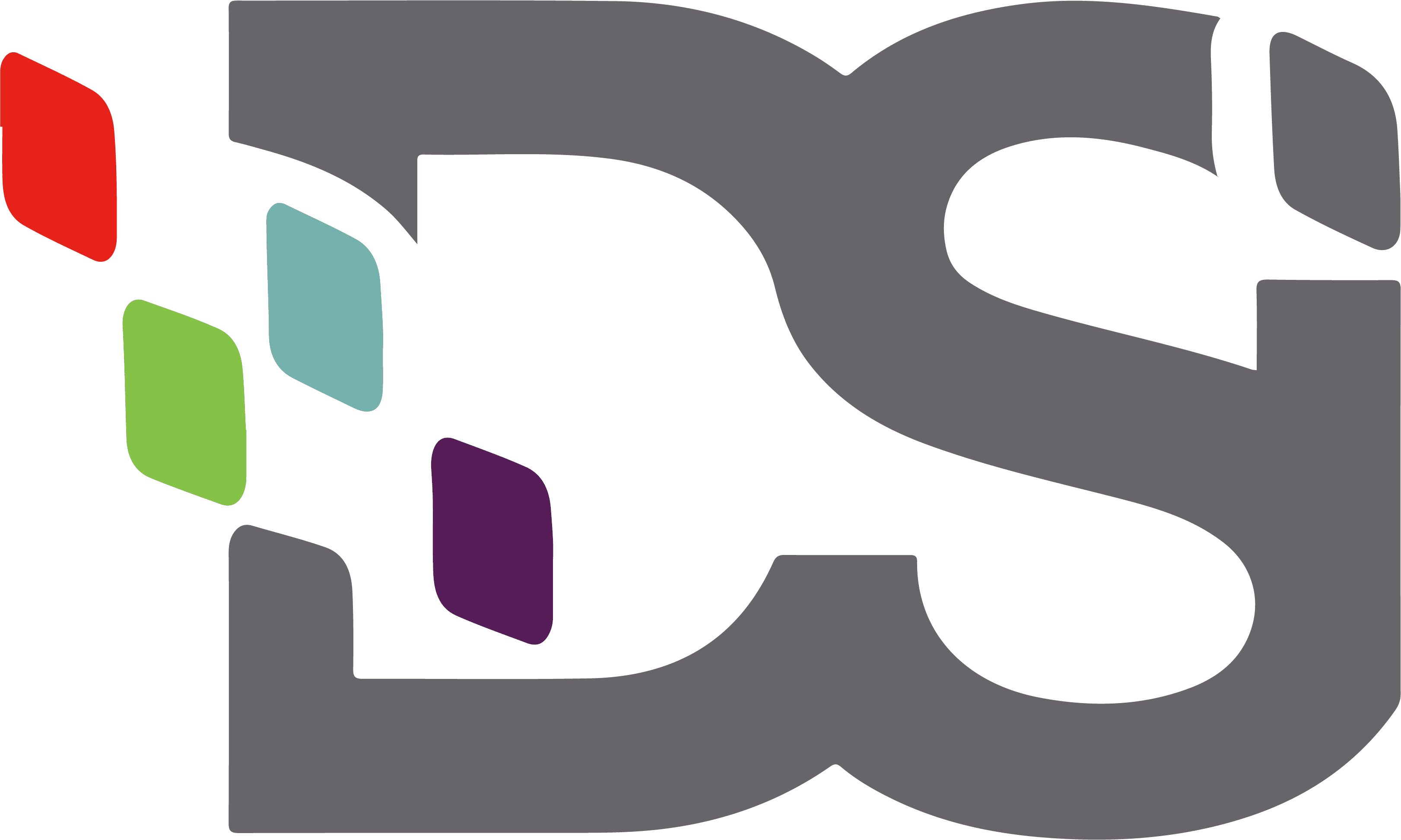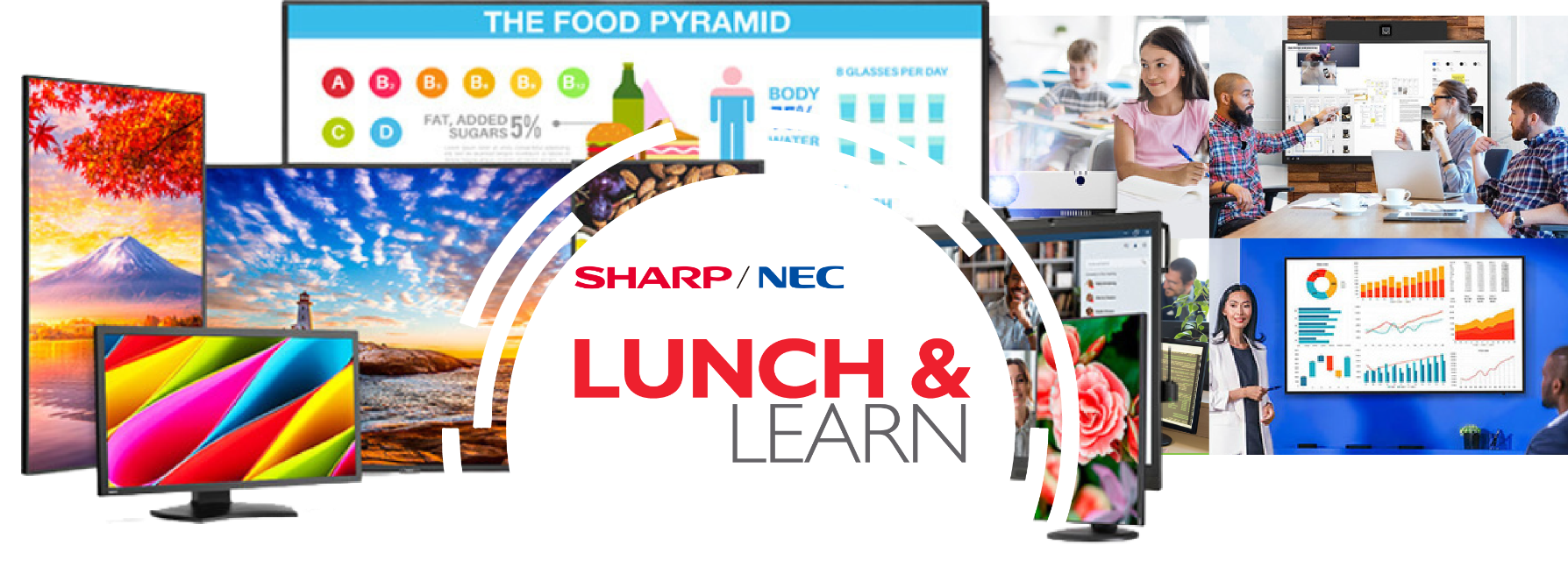In an era of rapid technological advancement, examining how technology has helped education is more relevant than ever, especially within New Mexico schools. Technology has become an indispensable tool, reshaping the traditional classroom into a dynamic, interactive learning environment. From enhancing student engagement to streamlining administrative tasks, its impact is profound and far-reaching. For educators and administrators alike, understanding and leveraging these advancements is key to preparing students for a future driven by innovation.
How Important Is Technology in Education?
Technology in education is no longer a luxury but a necessity. It bridges geographical gaps, provides access to a wealth of information, and caters to diverse learning styles. For New Mexico schools, where resources can sometimes be stretched, technology offers an equitable pathway to quality education, empowering students with tools and opportunities that might otherwise be out of reach. Its importance lies in its ability to personalize learning, foster critical thinking, and equip students with the digital literacy skills essential for success in the 21st century.
Benefits of Technology in the Classroom
The benefits of technology in the classroom are manifold. Interactive whiteboards and tablets transform passive learning into engaging experiences, making complex subjects more accessible and enjoyable. Educational software provides personalized learning paths, allowing students to progress at their own pace and receive immediate feedback. Furthermore, technology facilitates seamless collaboration among students, enabling them to work together on projects, share ideas, and develop essential teamwork skills. For teachers, technology offers powerful tools for lesson planning, assessment, and communication with parents, ultimately leading to a more efficient and effective educational process.
How Has Technology Changed Education?
Technology has fundamentally altered the landscape of education. It has moved learning beyond the confines of textbooks and traditional lectures, opening up a world of possibilities. The shift is evident in how content is delivered, how students interact with information, and how learning outcomes are measured. This transformation is not just about integrating new devices; it’s about rethinking pedagogical approaches to create more immersive and impactful learning experiences.
How Has Technology Changed Learning?
For students, the answer to the question, “How has technology changed learning?” is clear: it has made it more engaging, accessible, and personalized. Online resources, educational apps, and virtual reality simulations offer diverse avenues for exploration and understanding. Students can now delve deeper into subjects that pique their interest, conduct research with unprecedented ease, and learn through interactive experiences that cater to their individual preferences. This shift empowers students to take a more active role in their education, fostering a lifelong love of learning.
How Has Technology Changed Teaching?
Similarly, technology provides teachers with powerful tools to differentiate instruction, monitor student progress, and create dynamic lesson plans. From digital grading systems that save time to online platforms that facilitate communication with students and parents, technology empowers teachers to be more efficient and effective. It also opens up opportunities for professional development, allowing educators to connect with peers globally and access a wealth of teaching resources.
What Are Some Types of Technology Used in the Classroom?
The types of technology used in the classroom are diverse and constantly evolving. They can include the following:
- Whiteboard Screens: These interactive whiteboards allow teachers to present dynamic content, annotate lessons in real-time, and engage students with interactive activities.
- Digital Displays: LED video walls are a powerful tool for classrooms, transforming traditional learning environments into interactive, dynamic spaces. With their high-definition capabilities, wireless screen sharing, and customizable sizes, they allow teachers to deliver engaging lessons through vibrant visuals and multimedia content. Whether for displaying educational videos, interactive presentations, or live content, these video walls enhance the learning experience and make complex concepts more accessible.
- Smart Podiums: This powerful and intuitive all-in-one solution enables teachers and facilitators to effortlessly control their content, annotate in real-time, and engage participants, enhancing learning experiences.
- Learning Management Systems (LMS): Platforms like Canvas or Google Classroom streamline assignment submission, grading, and communication between teachers and students.
- Educational Software and Apps: From language learning programs to virtual science labs, these tools offer immersive and interactive learning experiences.
- Virtual and Augmented Reality (VR/AR): These emerging technologies provide immersive experiences, allowing students to explore historical sites, dissect virtual organisms, or even travel to distant planets.
- Document Cameras: These devices project documents, textbooks, or 3D objects onto a screen, making it easier for the entire class to view and discuss materials.
At Document Solutions, Inc., we are committed to supporting New Mexico schools in their journey to integrate technology effectively. We understand the unique needs of educational institutions and offer a range of solutions, from cutting-edge interactive displays and reliable network infrastructure to comprehensive support services. Our goal is to ensure that educators have the tools they need to create engaging learning environments and that students are equipped with the skills necessary for future success.
To learn more about how we can help your school leverage the power of technology, contact Document Solutions Inc. today. Let’s work together to shape the future of education in New Mexico.

Jocelyn Gorman, the Executive Vice President of DSI, possesses a deep understanding of the unique requirements of growing businesses. With over a decade of experience collaborating with clients across various industries, she closely collaborates with her Sales Team to develop and implement tailored technology solutions. These solutions aim to enhance office productivity and minimize operational costs. Her remarkable ability to effectively address business challenges has garnered recognition from prestigious publications such as the Cannata Report and Family Business Magazine.

